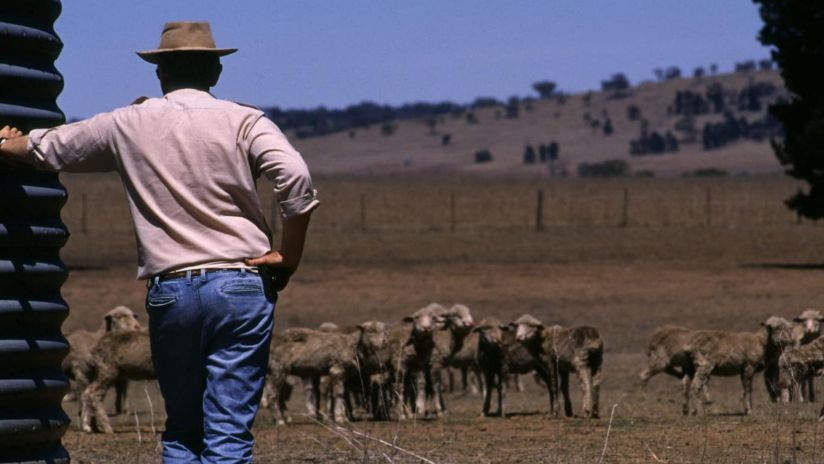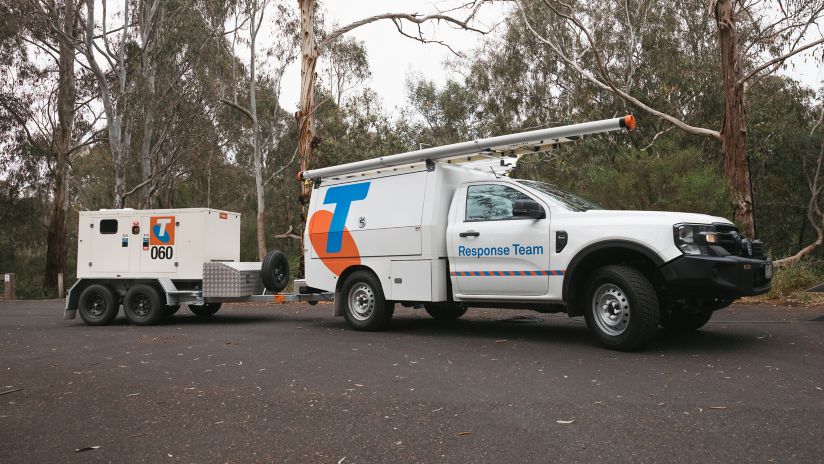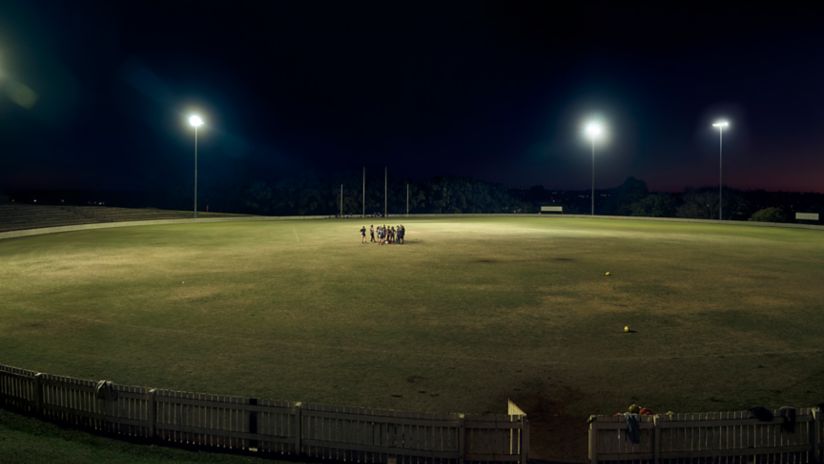How to stay connected with antennas and repeaters

What influences your network coverage?
Like any mobile network, coverage on ours depends on a number of factors, including (but not limited to) your device, and whether an external antenna can be attached.
Where you’ll be using your device – whether it’s in a regional, rural or metropolitan area, indoors or out or even out-to-sea – also plays a role.
Finally, obstructions – such as buildings, trees, vehicles, hills and even building materials – can all reduce signal strength between your device and the cell tower.
Check out our coverage maps and figure out where you can get the best coverage.
Ensuring the best signal strength in rural areas comes down to how you want to use the device out in the bush.
Getting mobile data coverage
Using a mobile data device – such as a smartphone or mobile broadband modem – is a great way to stay connected on the move.
Data rates are often improved by getting greater signal strength and quality to the device. This is achieved via the use of external antennas.
Using a patch cord, you can connect your device to either a medium-gain panel antenna where handheld coverage is available near the installation location, or a high-gain Yagi antenna where handheld coverage is not available near installation location to improve your service.
A panel antenna is most common, and can assist with mobile coverage inside buildings, especially when you’re on the edge of a coverage area. A 2.4-metre yagi antenna, meanwhile, is designed more for outdoor or mobile use.
If installing a yagi antenna, you should ensure it is pointed at the nearest cell tower. For best results, ensure the elements are facing vertically when installing, and the drain hole in the main element is facing downwards.
Also ensure your antenna is securely mounted with the support of a bracket, and installed in a way that it won’t be taken down by the elements.
Getting mobile data and voice coverage
Making sure you can do voice and data in the bush requires a little more than just an antenna and patch cord, however. If you’re within range of your Fixed Broadband Wi-Fi connection and have a compatible Telstra mobile, you can use Telstra Wi-Fi Calling. With Wi-Fi Calling, Your mobile simply uses your W-Fi network instead of the mobile network. So you can make and receive calls as you normally would.
Another way to get it is via a network coverage extension device like a repeater.
Repeaters amplify signal like a PA system. For the repeater to work correctly the antenna picking up mobile signal (your “microphone”, if you will) must be isolated from the antenna giving mobile signal (or “speaker” in this metaphor).
It’s important to note that boosters are illegal to own or operate on any network in Australia, and they can disrupt or even prevent others from making calls to emergency 000.
There are a range of devices and repeaters you can use to maximise your voice and data coverage in remote areas, including:
- Telstra Mobile Smart Antenna (TMSA):
- Can maximise both 3G and 4G at the same time
- Consists of two units and can be used with or without external antenna depending on available coverage
- Designed for in home use and requires 240V power point
- Telstra Go Repeater:
- Two types of Telstra Go. There is a mobile unit for a vehicle or a stationary unit for a home/business.
- Only maximises 3G or 4G at one time, selectable via button on device.
- Correct installation required
- Requires separate High Gain Vehicle mount antenna for optimum performance
- There is an app for both Apple or Android devices that checks the performance of your device. The app is called MyWAVE by Nextivity and can be found on the Play Store or App Store. It monitors the frequency of your phone, and will automatically switch your Telstra Go between 3G and 4G depending on what’s available in your area. This will help to give you seamless connectivity while travelling.
Blue Tick-certified
We’ve got all the latest and greatest smartphones on our network, and we make sure they’re rigorously tested before we stock them. The devices that perform the best in tough coverage areas are awarded our highest honour: the Blue Tick.
Our coveted Blue Tick signifies that a mobile device has been thoroughly tested and delivers superior voice coverage in rural and regional areas. Devices are tested for receiver sensitivity in a laboratory under controlled conditions and in rural areas on the Telstra Mobile Network, ensuring optimal call quality for customers.
Read more about what goes into making a phone Blue Tick-certified
Things you need to know
Depending on device capability and available coverage, network coverage extension devices can improve 3G and 4G coverage on the Telstra Mobile Network. Not all network coverage extension devices allow direct connection to the handset or broadband device. External antenna accessories are only available for selected handset and broadband models. Please refer to the device manufacturer for specifications or contact a Telstra Store for more assistance.


